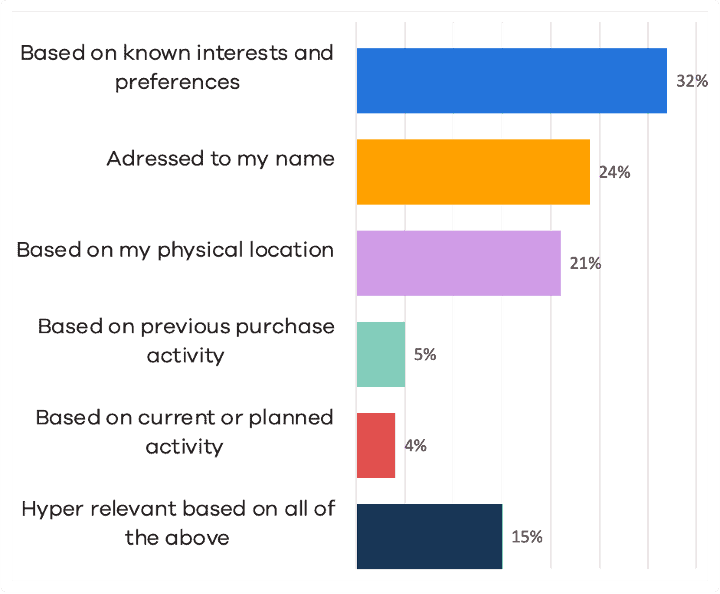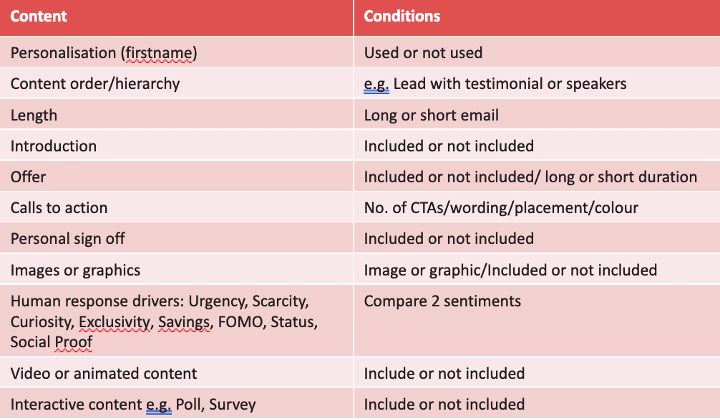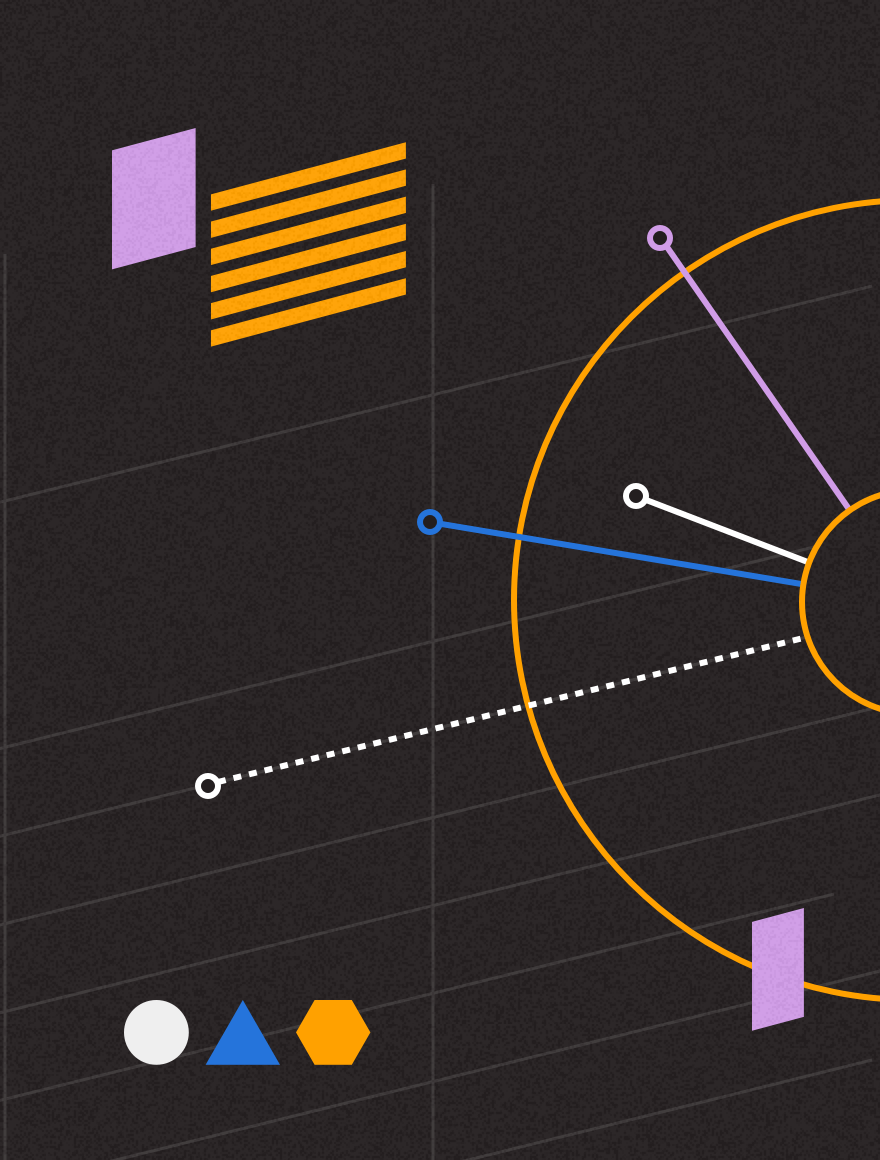Creating engaging content is essential for your email program, as it will help increase your reach, build relationships, and offer value. So, how do we get there? First, you need to make sure you are consistently learning about your audience – meaning what do they like, what do they open? Secondly, and this is a big one, you also need to make sure you are testing your content. It is normal and expected to get things wrong sometimes, and that is why we test, iterate, and make changes for the better in hopes of finding that perfect combination of high engagement while reaching your goal.
Let’s take a look at 5 strategies that will help you fine tune how you approach your email content.
Relevancy
Relevant content will generate engagement. Some examples of relevant content that you may want to add to your campaign toolbox are Timely Emails like Holiday or Birthday Emails and Triggered Emails like Welcome Emails, Transactional Emails and Abandoned Cart Emails. These types of emails confirm interactions and build the mentality that you send important communication. And bonus – these emails heighten overall open rates and help with delivery!
Engaging Content
This is all about grabbing the reader’s attention and making the email stand out from the ‘ever cluttered inbox. Visuals are a great way to achieve this. You wouldn’t want to receive an email that was all text, but on the other hand, sending an email that is just one image is also a no-no, as we know email providers do not look kindly on this. It’s all about balance, which in turn promotes good deliverability. Using videos, gifs, countdown clocks, or more images in general can lead to better engagement. For videos, you can use a gif or still image of the video with a “fake play button” overlayed that is linked to a page with the video. Countdown clocks are great for creating a sense of urgency
Personalized Content
This might seem like an obvious one, but using as much personalization as possible tends to lead to better engagement and conversions. You can personalize subject lines, content modules, and the hierarchy of the content. But one very important question to ask yourself is – do you have enough data about your subscribers? You should have some basic behavior data available, so you could filter and target those that clicked or those that converted. You may have transactional data available, so you can filter on product or transactions for things like buying a particular color or style or purchasing a particular publication. Segmenting and targeting are getting more important as we deal with cookies fading out. Promotions like Sweepstakes, User Generated Content Photo Contests, or Galleries are an engaging way to connect with your audience while also collecting more information on them that can provide areas for segmentation and personalization. People have come to expect some amount of personalization within their email interactions, and in the graphic below, you can see the percentage of people who expect a certain kind of personalization:

Preference centers are another great way to learn more about your users and their likes and dislikes. You can offer the subscriber the preference center at the point of subscribing or use progressive profiling and direct them to the preference center later using an automation. This can take away some friction at initial sign up. Frequency is a key question to ask on your preference center, as according to a recent report from Validity, senders who provide a “snooze” option in their preference centers see unsubscribes decrease by 82 percent.
Evergreen Content
Evergreen Content remains relevant to readers no matter the age so it can stand the test of time! This type of content may need a little updating, but in general, can remain a consistent source of knowledge. These can be “how to” guides, checklists, tutorials, case studies, or a curated top 10 list of your content that has already proven successful with consistent high engagement. These sorts of emails help with overall click rates and deliverability because they have stood the test of time.
Testing and Optimization
Testing is the cornerstone of a growing and advancing your email program. Almost any part of your email can be tested and analyzed to see if it is working for your audience– like personalizing the pre-header text or subject line. One good rule to follow is to test one thing at a time so you know what is making the impact. You can test CTA’s, try different images and layouts, and you can test the actual written content itself. You know your emails – use those observations to create a hypothesis and testing plan. This does not happen overnight. You need to put aside time to focus on, record, and analyze the results. And remember, no matter what – KEEP TESTING! Small improvements over time will add up.

Once you’ve implemented these strategies, you still need to make sure if you are on track by setting clear KPIs around conversions. These KPIs can include clicks, customer journey orchestration stage completed, or even email sharing/forwarding. You should measure the new campaign performance against the performance of a past campaign with similar content. You are looking for spikes and dips in your KPIs and trying to explain the variances. Another great way to see if you are on track is using surveys – actually asking for feedback on how you can improve. The key to engaging content is knowing your audience and continuing to care (and TEST) about what they want and what they like.
